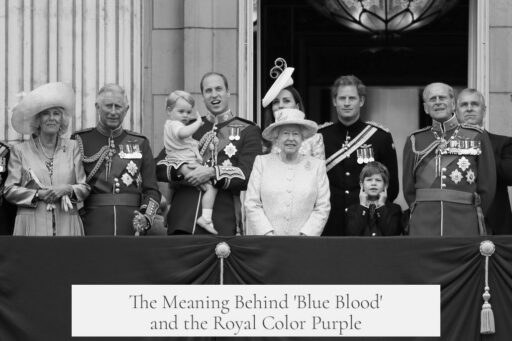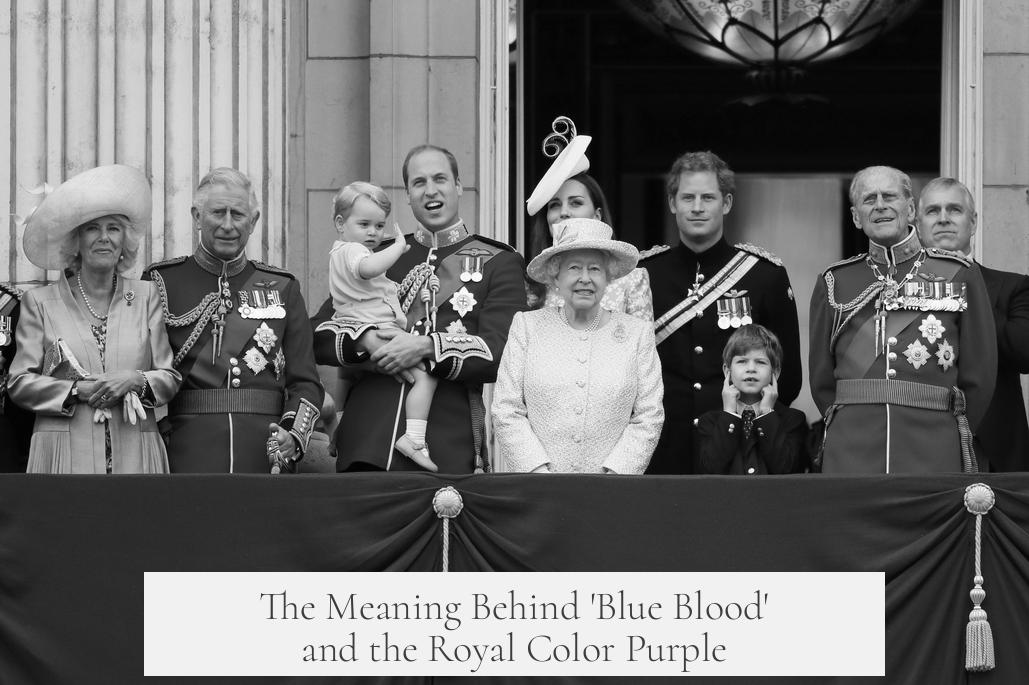The term “blue blood” refers to the visible veins beneath pale skin, a trait historically linked to nobility. In contrast, purple became a royal color due to the dye’s high cost and rarity. Both terms symbolize social status, but they originate from different physical and economic factors.
The phrase “blue blood” arises from the translucent skin of aristocrats. Their veins appeared blue under the skin, distinguishing them from laborers with darker, tanned skin caused by outdoor work. A tan was a sign of physical labor, typical of peasants and farm workers. Nobles, who avoided outdoor work, maintained pale skin, keeping their veins visible. This bloodline purity was visually implied by the blue tint of veins. Some garments, like visards, helped prevent skin tanning, showing wealth and rank.
Meanwhile, purple’s connection to royalty stems from the expense of producing purple dye. Derived from the murex sea snail, this dye required thousands of snails for a small amount, making purple clothing extremely costly. Only kings and high nobility could afford such rare colors, making purple a symbol of power and wealth. Over time, purple became the standard color associated with regality and authority.
Both “blue blood” and purple serve as markers of social hierarchy. “Blue blood” highlights inherited nobility through physical traits and lifestyle, while purple signifies economic power through luxury. Together, they represent different aspects of aristocratic identity—biological distinction and exclusive wealth.
- Blue blood originates from visible veins under pale skin in nobles.
- Tanning signified lower social status linked to outdoor laborers.
- Fashion items like visards helped maintain pale skin for the elite.
- Purple dye’s high cost made it a luxury color for royalty.
- Both terms symbolize social rank but from different roots.




